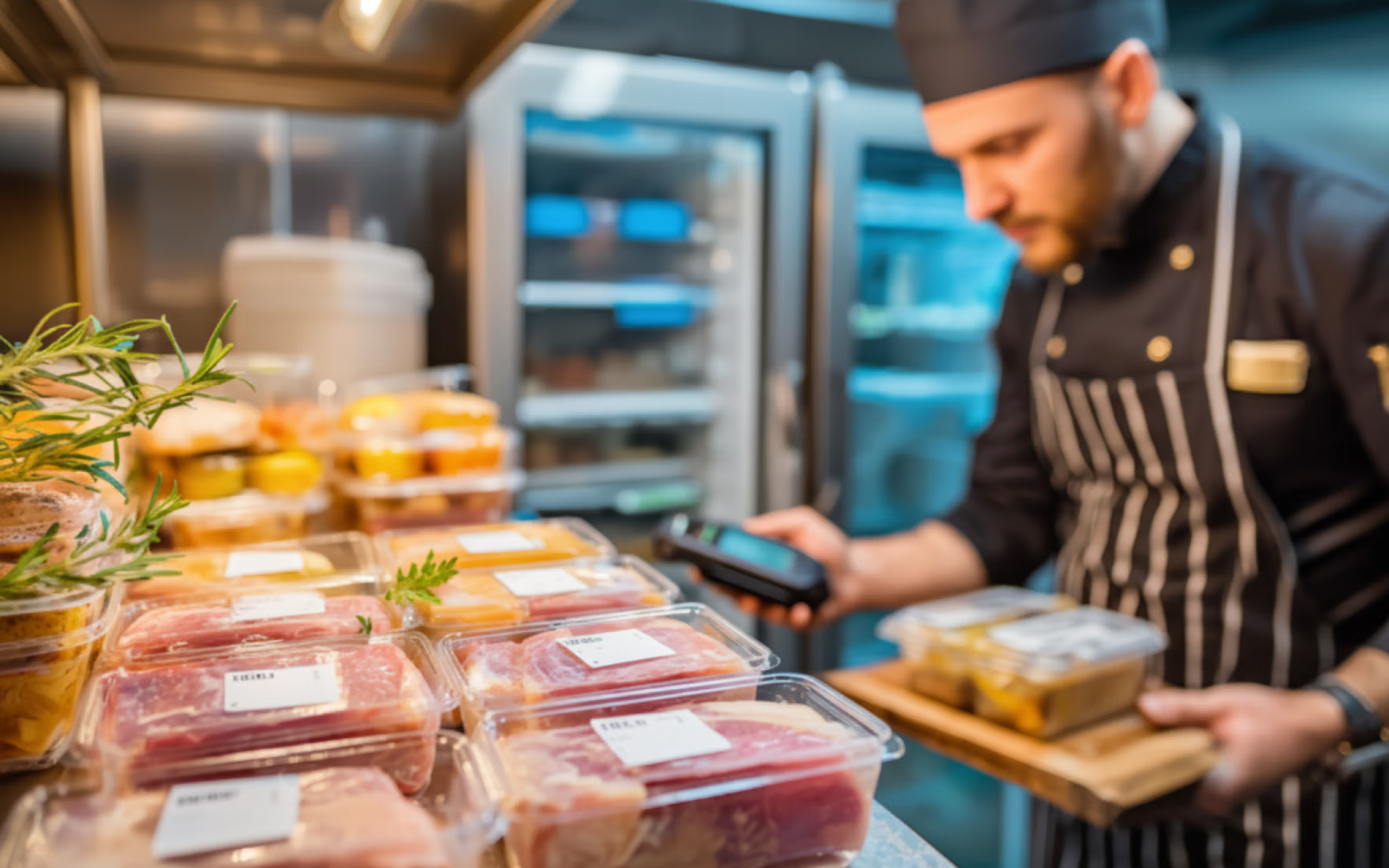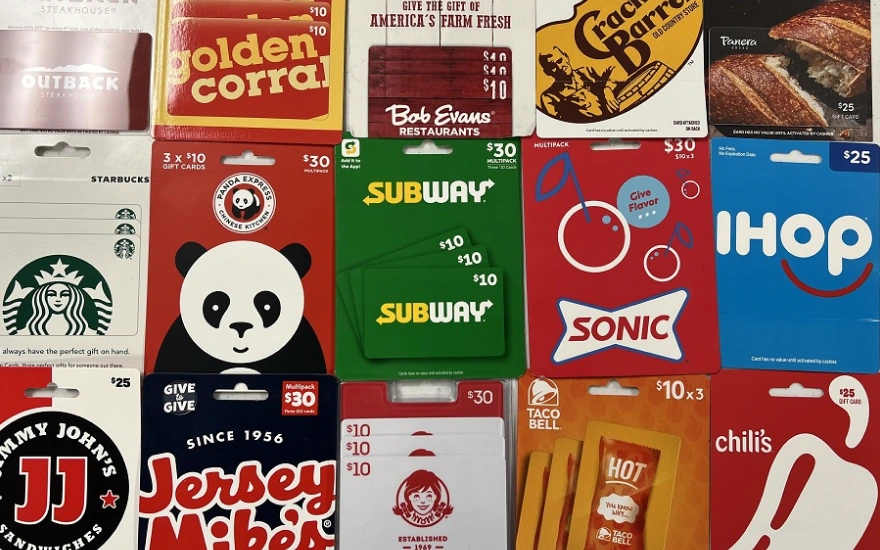Restaurant Sustainability: 9 Ways Restaurants are Going Green

The restaurant must adapt to changing customer preferences and needs. In 2024, the demand for restaurant sustainability practices is on the rise among consumers. From using organic ingredients to opting for paperless employee documentation, restaurants are encouraged to adopt various sustainable initiatives.
While going green is ethical for your business, consumer support for restaurant sustainability is evident — despite inflation. Younger customers, ranging from Millennials to Gen Z, are willing to go the extra mile by paying a premium of 20% for meals that incorporate sustainable practices.
There are numerous ways that you can implement restaurant sustainability initiatives. From using energy-efficient appliances to offering sustainable packaging, here are 9 eco-friendly practices you can implement in your restaurant.
9 Sustainability Practices to Implement in Your Restaurant
1. Add “Meatless Monday” Inspired Options to Your Menu
The production of meat for consumption contributes up to 14% of greenhouse gases. This has led to a rise in consumers urging restaurants to implement vegetarian and vegan options.
Enter Meatless Monday, a global campaign that promotes personal health and environmental well-being by encouraging people to reduce their meat intake. Embrace this challenge by incorporating vegetarian and vegan menu options, with additional meatless Monday specials every Monday. Adopting this approach allows you to cater to a broader range of customers seeking delicious and environmentally-conscious options.

2. Implement Energy-Efficient Appliances
Restaurants use 5 to 7 times more energy per square foot than other commercial businesses. With energy production being the second greatest contributor to greenhouse gases, it is encouraged to install energy-efficient appliances.
When purchasing new appliances for your restaurant, prioritize those that are Energy Star certified. Installing these appliances will not only contribute to a cleaner environment but will also significantly cut costs on your utility bills.
3. Incorporate LED Lighting
Many restaurant owners are opting for LED lighting, as they consume up to 75% less energy than traditional light bulbs and emit less heat, which reduces the load on your restaurant’s cooling systems. They also tend to have a longer life span, reducing the frequency of bulb replacements. As you can see, switching to LED will help lower your overhead costs while being more eco-friendly.
Another advantage of LED lights is that they come in various colors and temperatures, allowing you to create the perfect ambiance and environment for your diners.
4. Set Up Smart Thermostats
Smart thermostats empower you to remotely control gas and electricity usage, as well as your heating, ventilation, and air conditioning (HVAC) systems through your phone. This flexibility enables you to adjust heating and cooling levels based on weather conditions and time of day, all while monitoring energy use in real-time.
Some smart thermostats also come with motion sensors, which means that if they don’t detect motion for a period of time, they automatically lower the temperature. This feature enhances energy efficiency while lowering your operational costs.

5. Develop a Composting System
Restaurants face various challenges, such as food waste, storage limitations, and implementing effective composting practices. Excessive food waste contributes to insufficient storage space and gives rise to unpleasant odors from leftover, uneaten food. Moreover, the challenge of implementing effective composting practices is exacerbated by restaurant employees' lack of training and awareness regarding compostable ingredients. This often results in the disposal of all waste into a single garbage bin.
Establishing a composting program for your restaurant not only reduces food waste but also makes a positive contribution to the environment. Encourage your employees to actively participate by separating compostable materials from other waste. Provide training sessions to emphasize the importance of composting and its environmental benefits. Additionally, consider integrating modern composting machines in your restaurant. These machines can efficiently break down organic waste into nutrient-rich compost that can be used to fertilize gardens or sold to local farmers.
6. Reduce Food Waste
Food waste and inventory management are challenges for 43% of restaurant owners. Reasons for food waste in restaurants range from the challenge of predicting daily customer orders to instances where customers do not consume all the food they have ordered.
Your restaurant can adopt several practices to address food waste. One approach is to donate surplus, unordered food to those in need. Additionally, consider incorporating dehydration technology, a bio-technology that reduces the moisture content in food waste. This facilitates easier composting and aids in breaking down the food efficiently. Offering smaller plate options and promoting leftovers to be taken home are further measures your restaurant can take to reduce food wastage.
Another approach is to implement an inventory management system with AI capabilities, which uses real-time monitoring to minimize excess inventory and prevent overstocking. In the case of decreased demand, these systems automatically modify supplier orders to minimize food waste.
7. Use Reusable and Biodegradable Packaging
Many restaurants have already adopted the usage of reusable packaging and utensils. Some of these practices include avoiding single-use utensils, using recycled or biodegradable packaging for to-go orders, and returning packaging to suppliers for reuse.
Make the change from plastic utensils to wooden, steel, or glass alternatives. Consider partnering with retailers to purchase bulk quantities. You can potentially unlock discounts while promoting cost-effective sustainability. Additionally, you can provide incentives for customers who bring their own reusable containers, such as offering them a percentage off their order or a free small menu item.
8. Go Paperless
By eliminating paper in ordering food, managing employees, and distributing pay stubs, you unlock undeniable benefits such as reducing paper waste, streamlining processes for cost and time efficiency, and easy online management.
Extend the paperless approach across your entire operation by implementing online ordering systems and digital menus. This way, you can minimize paper waste typically associated with traditional menus and receipts.
Going paperless can also be implemented in your general operations and employee management — replace onboarding paperwork with digital onboarding, switch from printed paper schedules to online versions, and share pay stubs electronically. Going paperless brings both environmental and operational advantages to your restaurant.
9. Source Local Ingredients
As consumers start to care more about where their food comes from, with 32% expressing a preference for natural ingredients, your restaurant must align with these values. The demand for locally sourced ingredients is driven by a desire for freshness, supporting local economies, and reducing the environmental impact of long-distance transportation.
Implement sustainable practices by sourcing ingredients from local farmers and suppliers. Additionally, consider offering seasonal menus based on locally available produce to minimize the environmental impact of food transportation. This will create tastier dishes while supporting your local community.

Final Thoughts: Embrace an Eco-Friendly Approach to Restaurant Ownership with These 9 Restaurant Sustainability Tips
With restaurant sustainability initiatives gaining momentum, it's time to integrate these practices into your establishment. Adopting these 9 sustainable practices will contribute to a cleaner environment and attract more customers, ultimately leading to increased revenue for your business.
Explore how you can incorporate streamlined processes for paperless payroll and employee management with Push. Book a demo today!



